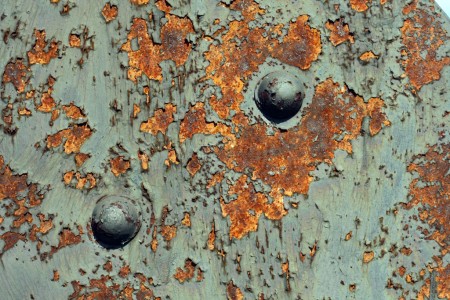
The other day, I attended some live music at the Umi Cafe on Somerset. Throughout the multi-hour performance, there was a cadre of amateur photographers – some with point and shoot cameras, some with dSLRs – happily snapping away. Almost without exception, every shot was accompanied by a bright white flash. There are two major reasons why photographers should avoid this pattern of behaviour.
Firstly, it produces ugly and unnatural pictures. Using a flash is akin to looking at a scene with a bright white miner’s lamp on your head. This is problematic for several reasons: (a) it lights close things much more than far ones, leading to blinding white foreground objects and black backgrounds; (b) it throws very harsh shadows, leaving a person’s nose looking like a mountain on the moon; (c) the light from the flash is a different colour from incandescent or fluorescent lighting, making the scene look oddly discordant in colour.
Secondly, it really annoys people. While the ‘stadium full of flashes’ effect is a Hollywood cliché, the actual impact of using lots of flashes – especially in a small and intimate environment – is to impose your weird lighting preferences on an entire room full of people, many times a night. Flashes are distracting and rude, and should only be deployed when really necessary.
There are easy ways to avoid using the flash. First and foremost, don’t use your camera in full auto mode. With no guidance, it will usually decide that the pop-up flash is the safest way to get a usable photo. With just a bit of thinking, you can usually do better.
The first way is to increase the ISO setting on your camera. This basically makes it more sensitive to light. While doing so will make your pictures grainier, they will look a lot more natural than ‘headlamp effect’ flash shots. If you don’t know how to do this, check your manual or search online. With most point and shoot cameras, and all dSLRs, it is a fairly simple procedure. Many cameras even have a dedicated button for it. On a point and shoot camera, try cranking it up to 400 or so. On a dSLR, don’t feel shy about using 1600 ISO, or even faster. Here is an example of a high ISO photo taken with a cheap P&S camera. A flash photo of the same scene would have been infinitely worse.
The second way is to brace your camera somehow. If you have a two-second timer, this can be easily achived. Just frame the shot, with the camera sitting on the edge of a table, wall, or solid object. Then, press the shutter and then leave the camera still to take a photo. Anything moving will probably show some motion blur, but you are once again likely to produce a nicer and more natural image than you would with a flash. Tripods are also an excellent idea, and there are tiny little tabletop ones that can be easily carried around and used with a point and shoot camera. I used the combination of a $180 Canon P&S camera and a $5 tripod to take these photos: Montreal, Ottawa, Morocco, Paris, Istanbul. A great trick for churches and other buildings with interesting ceilings is to put your camera flat on the ground with a timer set, press the shutter, and step back. I used that trick to take these: Oxford, Istanbul.
People think about photographs as something you ‘take’ by pointing a camera at something and pressing the shutter. In fact, it makes more sense to think about photos as something you ‘make’ using a combination of light, gear, and intelligence. By putting some thought and effort into things, you can produce more natural photos in intimate settings, without temporarily blinding and annoying everyone around you.





